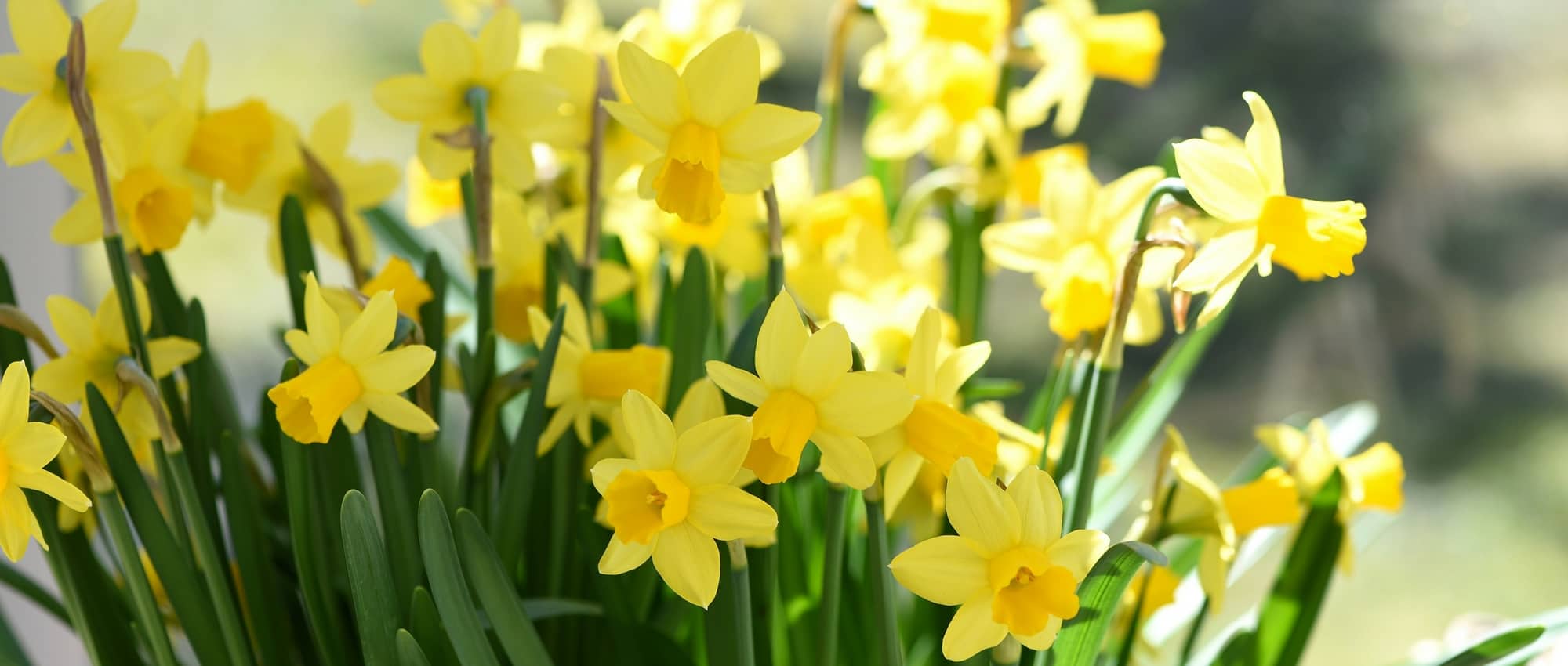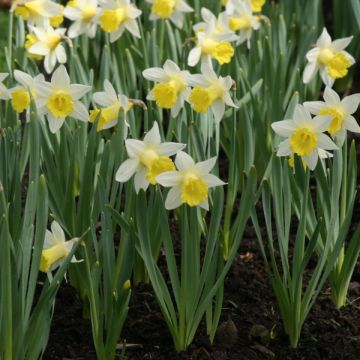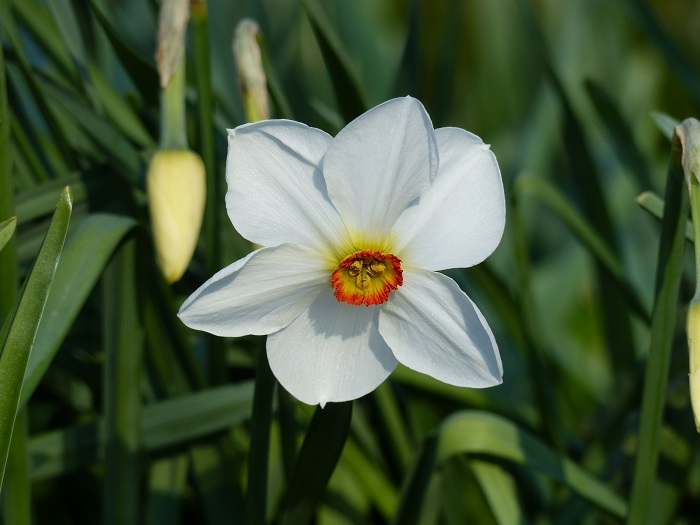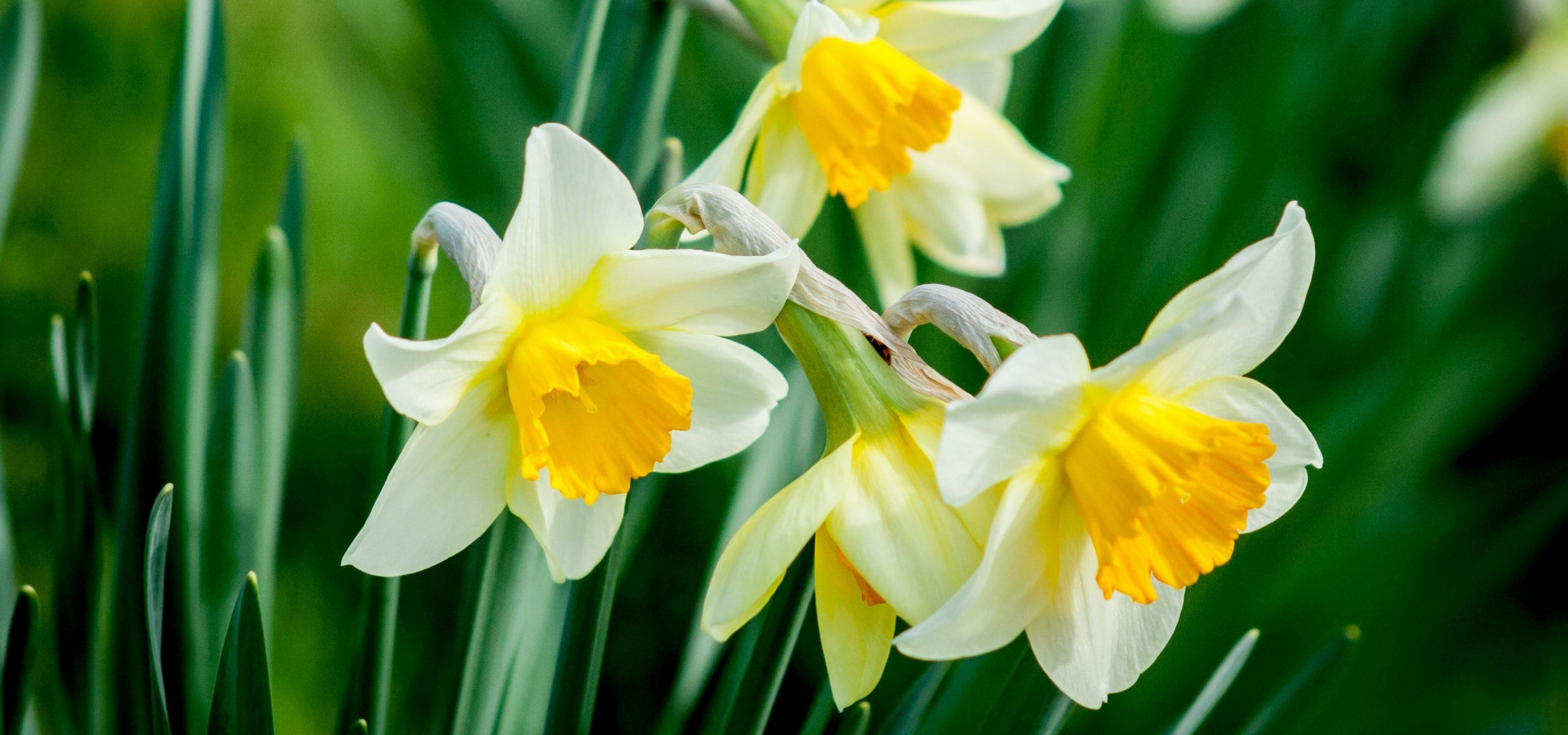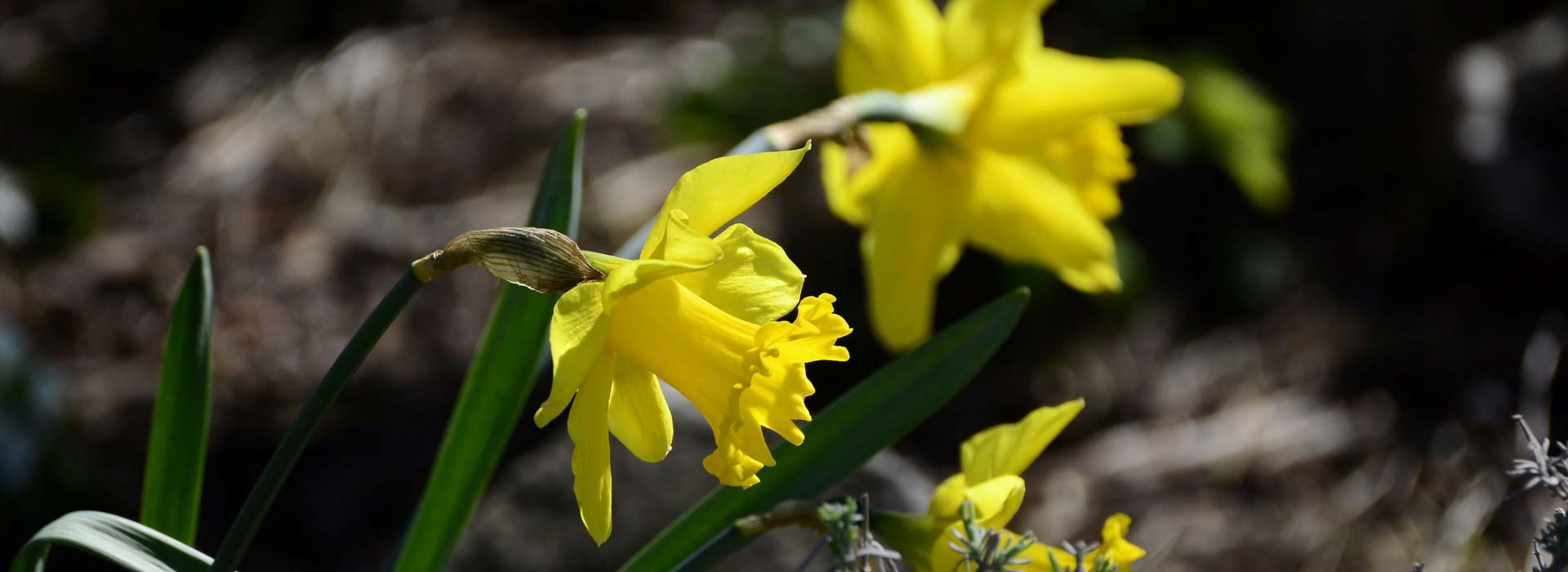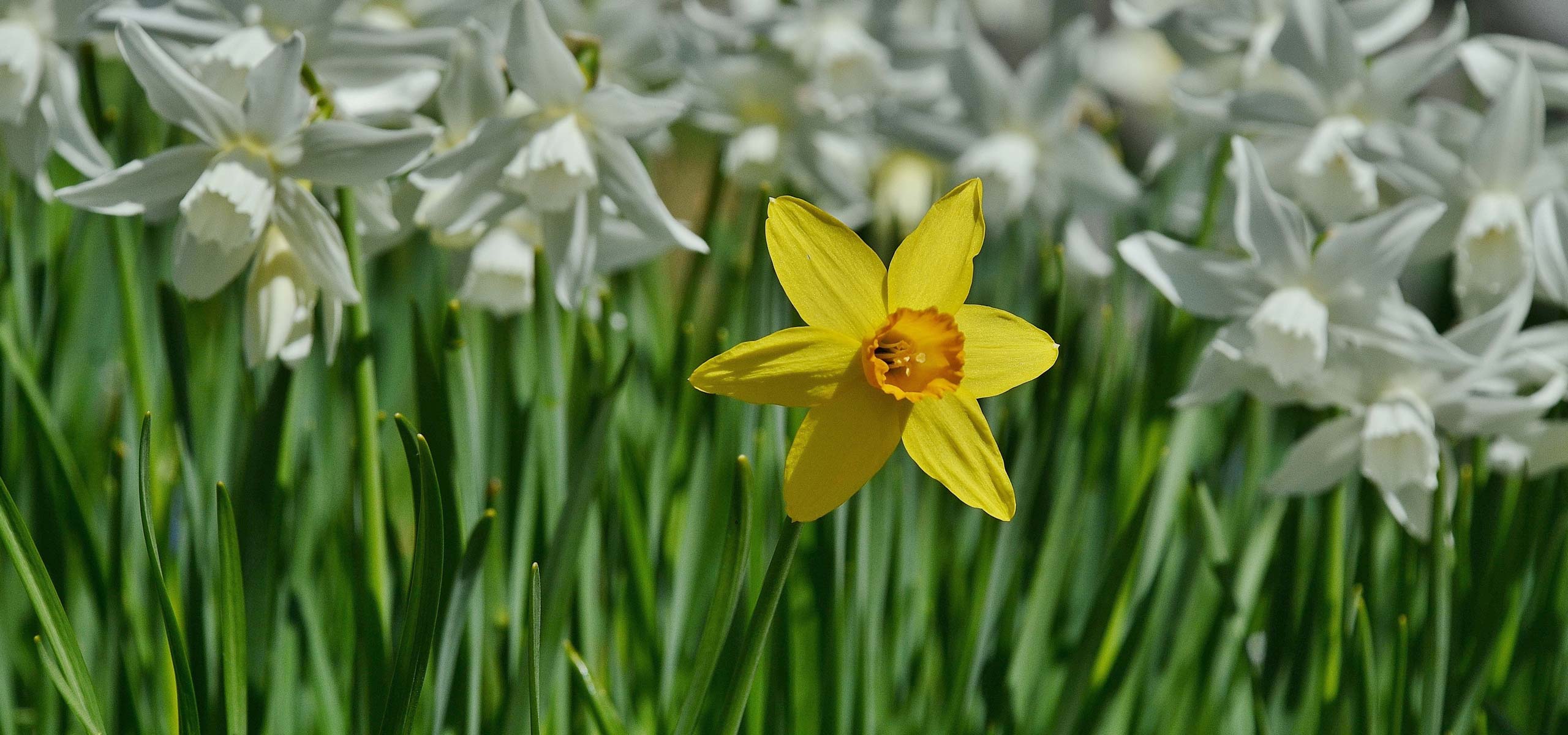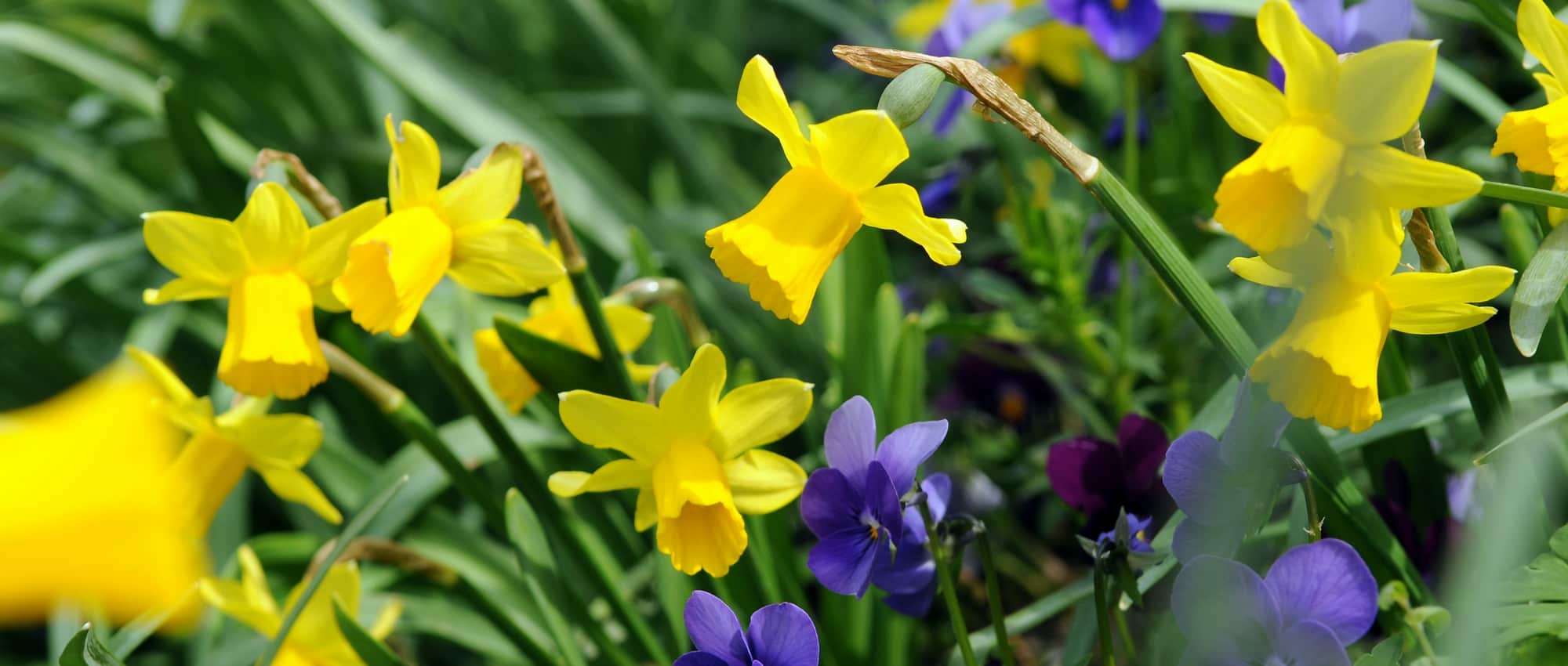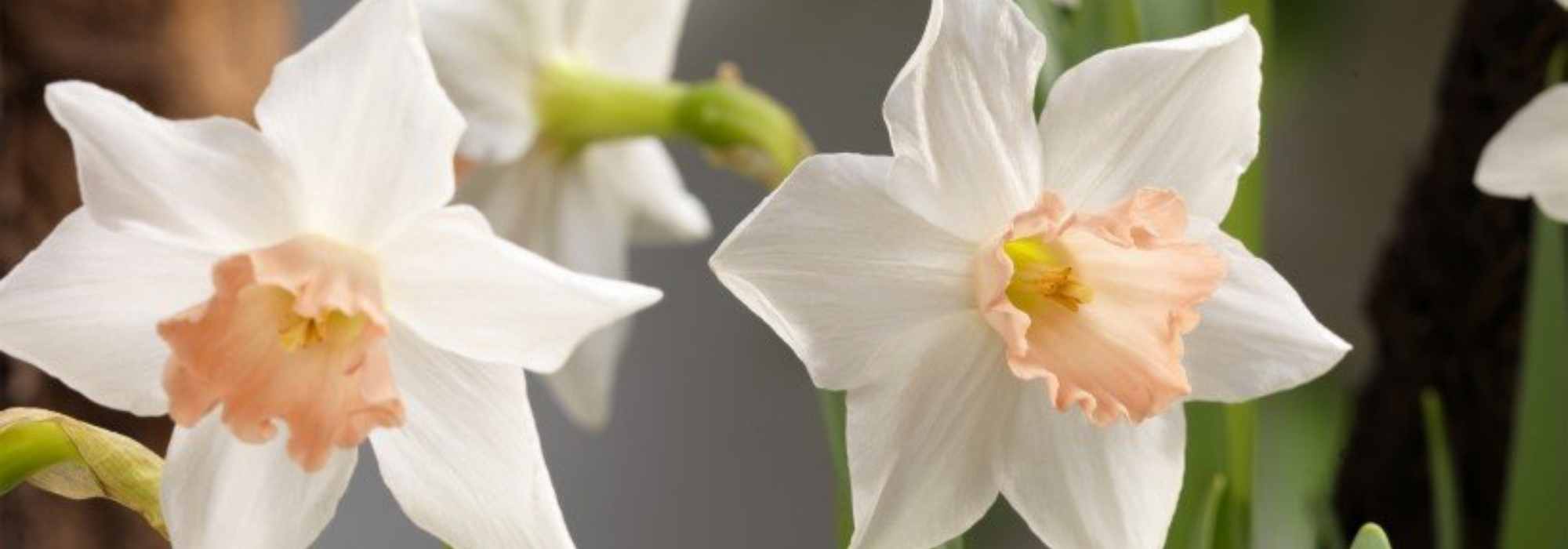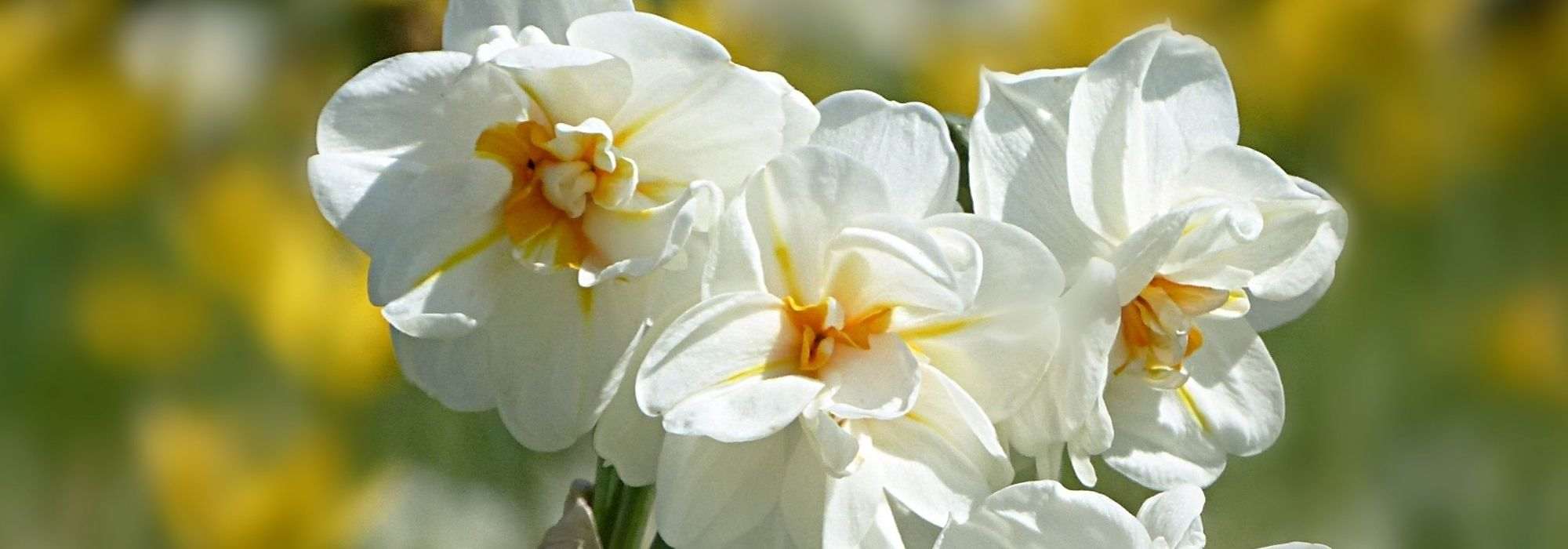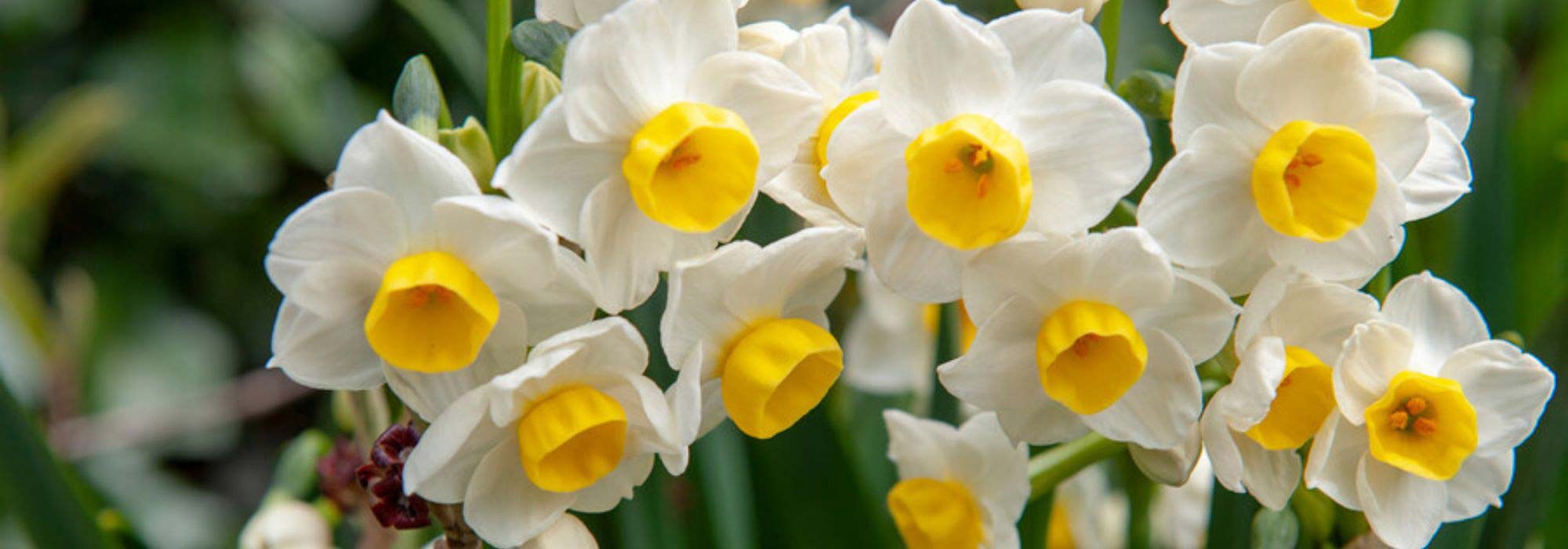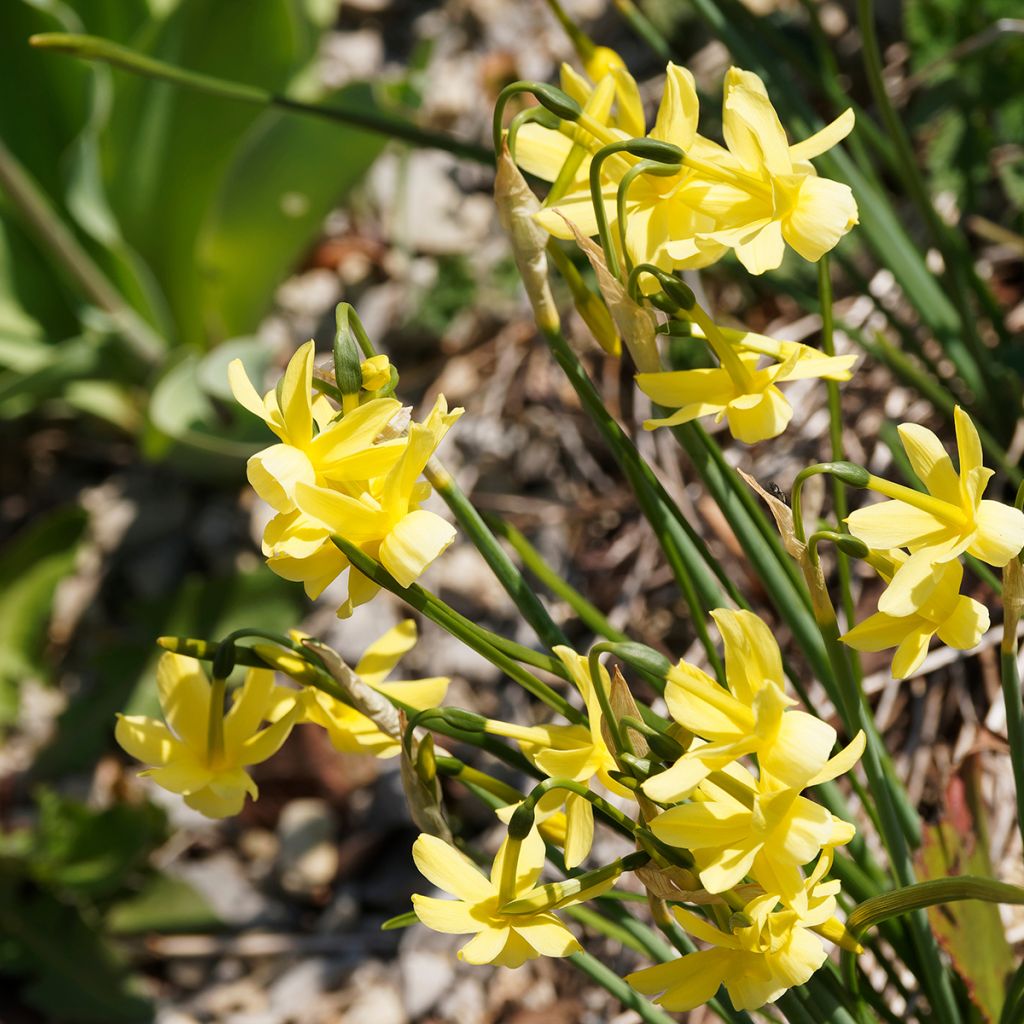

Narcissus triandrus Hawera - Daffodil


Narcissus triandrus Hawera - Daffodil


Narcissus triandrus Hawera - Daffodil


Narcissus triandrus Hawera - Daffodil


Narcissus triandrus Hawera - Daffodil


Narcissus triandrus Hawera - Daffodil


Narcissus triandrus Hawera - Daffodil
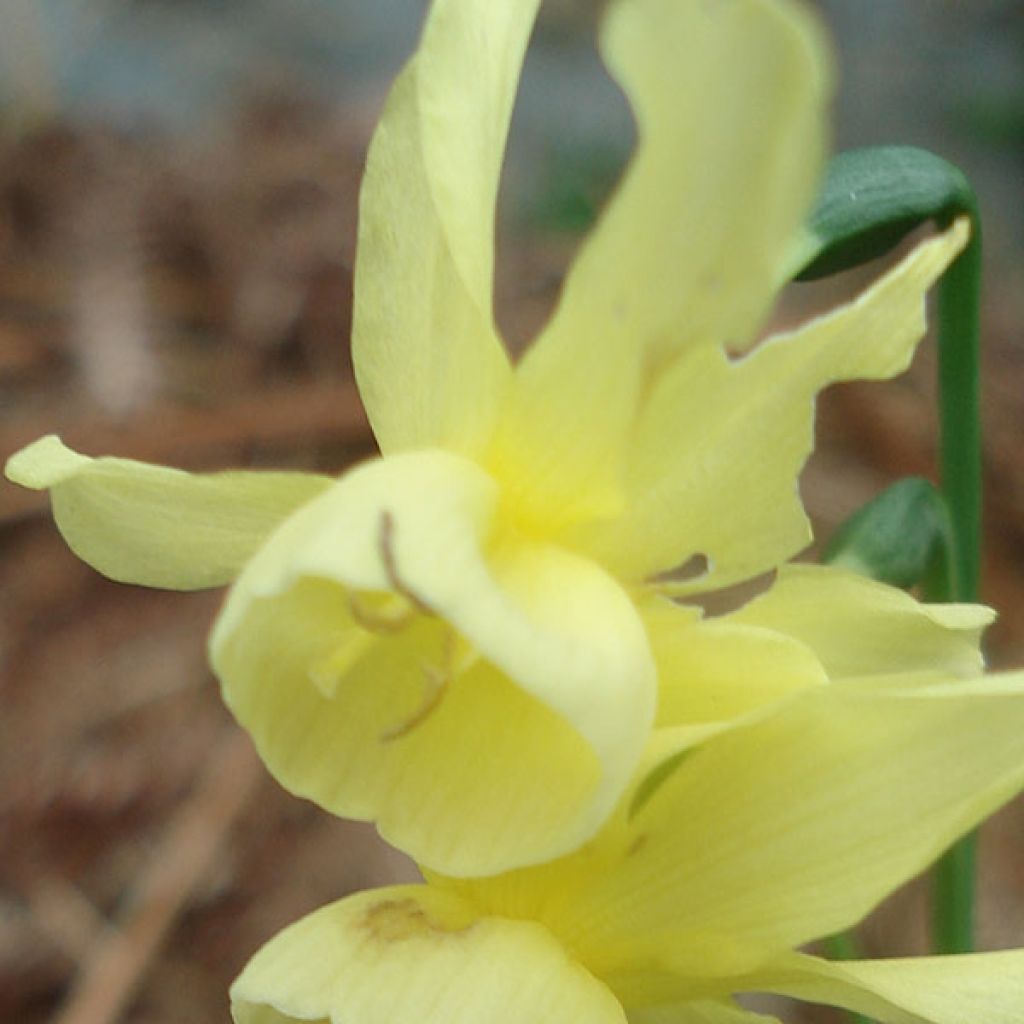

Narcissus triandrus Hawera - Daffodil
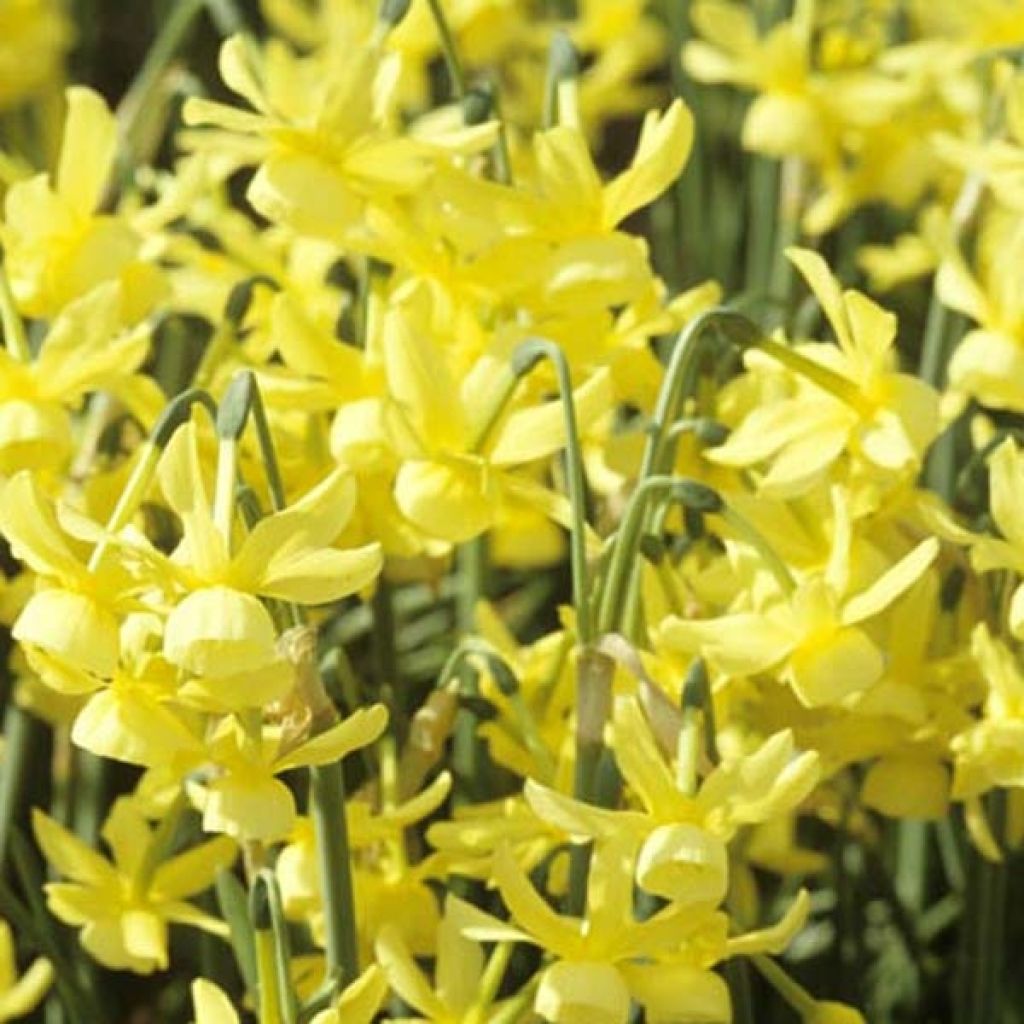

Narcissus triandrus Hawera - Daffodil
View more pictures
Hide images

Thierry P.

N/A
Thierry P. • 84 FR
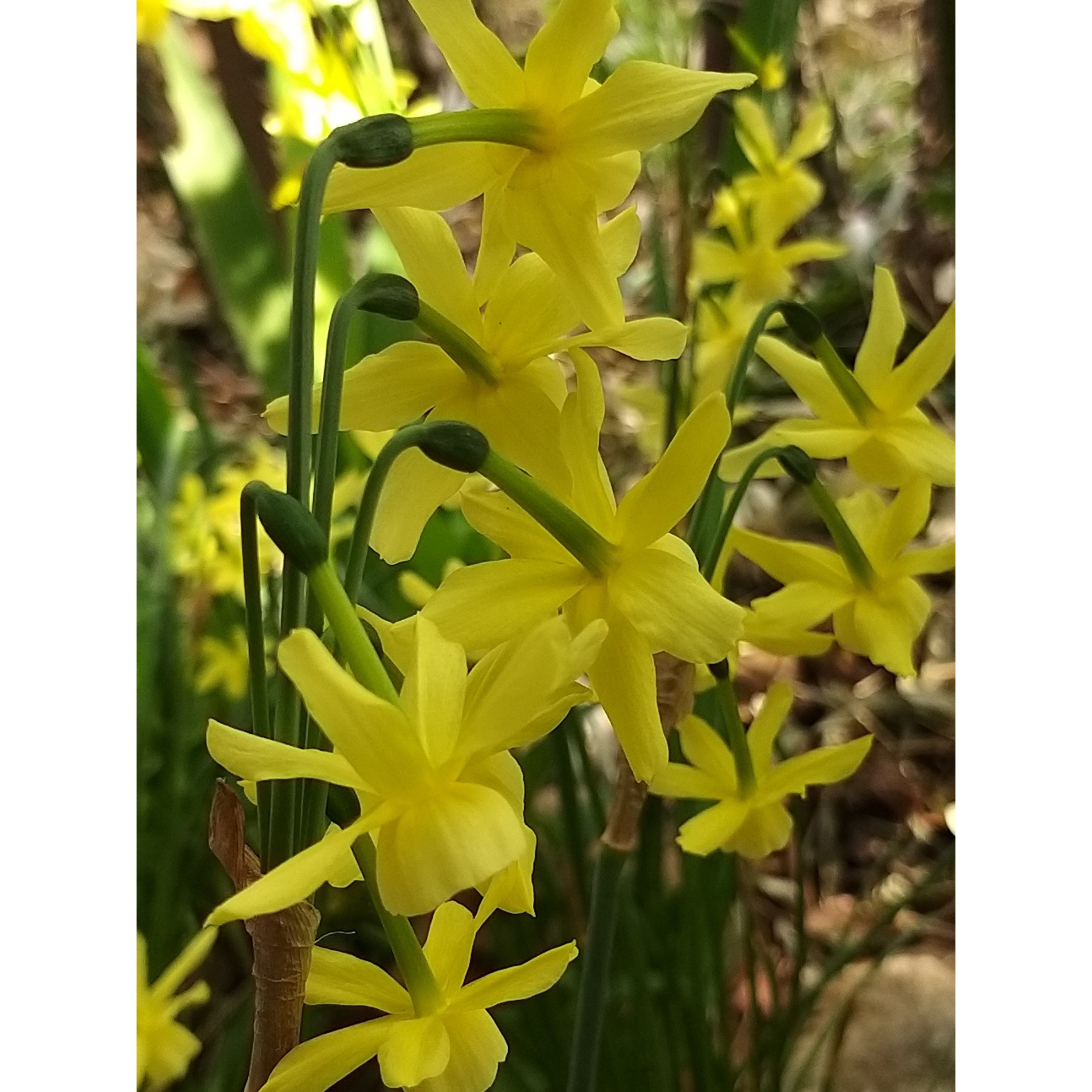
Thierry P.

N/A
Thierry P. • 84 FR
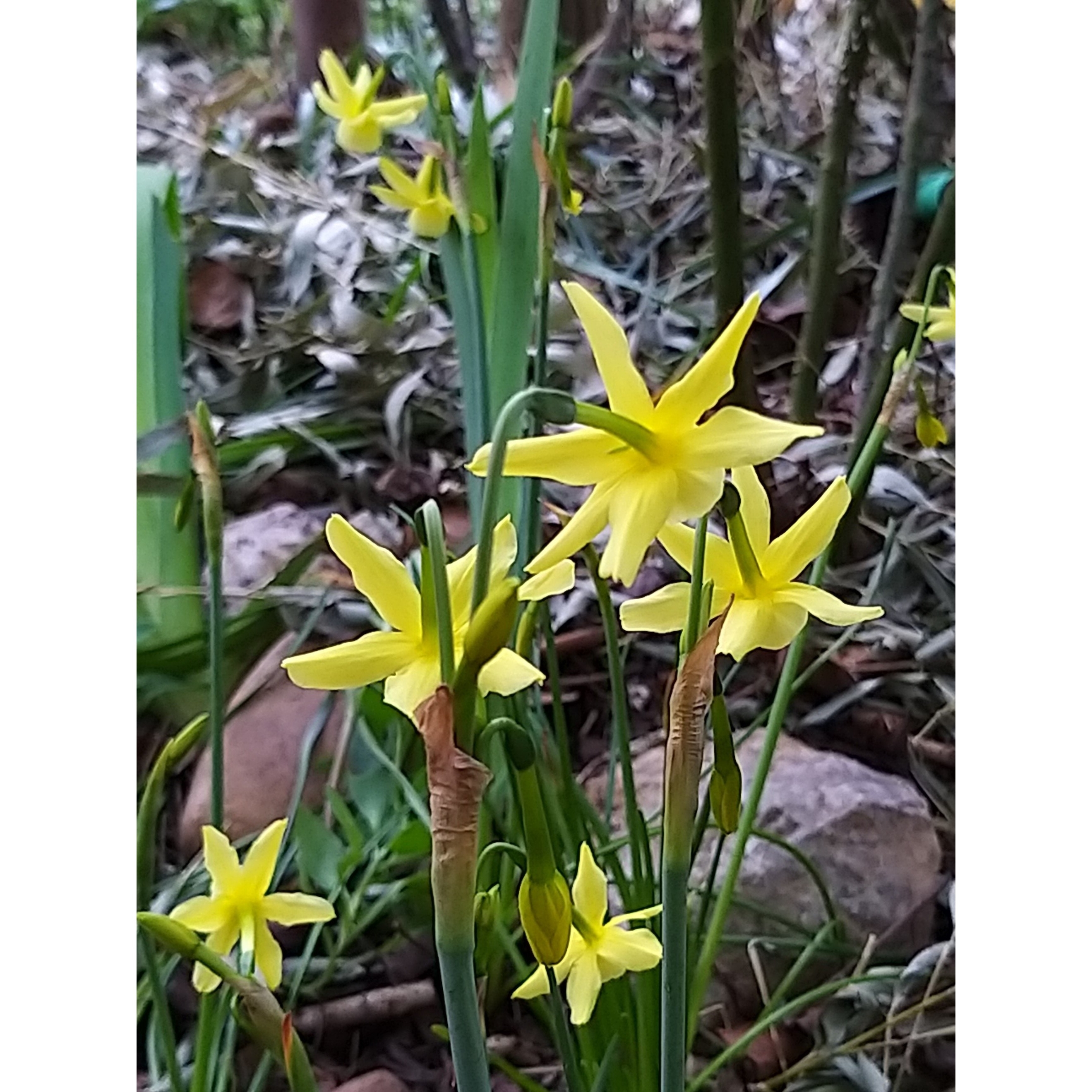
Thierry P.

March flowering - image 7
Thierry P. • 84 FR
Narcissus triandrus Hawera - Daffodil
Narcissus triandrus Hawera
Daffodil, Narcissus
Concerning narcissus hawera bulbs: I have at your disposal, half of the tree rings which are hollow.
Nathalie, 05/12/2022
Special offer!
Receive a €20 voucher for any order over €90 (excluding delivery costs, credit notes, and plastic-free options)!
1- Add your favorite plants to your cart.
2- Once you have reached €90, confirm your order (you can even choose the delivery date!).
3- As soon as your order is shipped, you will receive an email containing your voucher code, valid for 3 months (90 days).
Your voucher is unique and can only be used once, for any order with a minimum value of €20, excluding delivery costs.
Can be combined with other current offers, non-divisible and non-refundable.
This plant carries a 6 months recovery warranty
More information
We guarantee the quality of our plants for a full growing cycle, and will replace at our expense any plant that fails to recover under normal climatic and planting conditions.

Would this plant suit my garden?
Set up your Plantfit profile →
Description
The Narcissus triandrus 'Hawera' is an ancient variety of daffodil, infinitely delicate thanks to its multiple small flowers in a tender canary yellow. Planted en masse in rock gardens or borders, this charming botanical daffodil creates the effect of a constellation of bells with soft and luminous reflections. In a container or pot, its miniature appearance will be even more enhanced. This multiflorous variety will also be sublime in a spring bouquet.
The Narcissus triandrus 'Hawera', beautifully called Angel's Tears Daffodil or Glénan Daffodil, was obtained in 1928 by Dr. William M. Thomson. This Aotearoa/New Zealand doctor gave this new variety the name of his city of residence, Hawera, located on the North Island. 'Hawera' also means 'breath of fire' in Māori. The Narcissus triandrus, widely spread in Spain, Portugal, and France, is endemic to Finistère.
'Hawera' forms a tuft reaching approximately 25 cm (10in) in height when in bloom. Its flowers appear in groups of 2 to 5 at the end of each stem. It is a plant that blooms rather late, in April-May, with yellow-green flower buds that open into pretty star-shaped flowers in canary yellow, slightly lighter in the centre, hanging downwards. These flowers are delightfully fragrant. The trumpet-shaped cup is surrounded by thin and narrow petals, slightly curved. The foliage is deciduous, cylindrical, and disappears in summer. The flowering is abundant, uniform, and attracts pollinating insects. This award-winning variety by the prestigious RHS Award of Garden Merit multiplies easily by producing bulblets, without the intervention of the gardener, forming large clumps over time. The Narcissus 'Hawera' belongs to Division 5 of the large family of daffodils, which includes 12 divisions.
The Narcissus 'Hawera' is undemanding, growing in any well-drained and loosened soil, although the results are less satisfactory in overly moist soils in summer. It has a clear preference for acidic soils, where it will be more floriferous. There is such a choice of varieties among daffodils that one can enjoy them for three months in spring without ever getting tired. They all have in common the ability to naturalise easily, a love for yellow and white, and often emit sweet fragrances. So many reasons to grow them in large clumps (at least 20 bulbs) for an amplified effect. Combine it with the daffodil 'Tricollet', in natural-looking flower beds, with scillas and hyacinths, accompany it with double tulips, but also with forget-me-nots, pansies, or liverworts. It will also be sublime under heathland shrubs such as rhododendrons, or under a tree, scattered in a variegated ivy carpet. A group of 'Hawera' daffodils in a vase creates a sensational effect. In containers, this daffodil is perfect.
For bouquets: we advise against mixing daffodils with other flowers such as tulips, as the stems of daffodils contain a substance that quickly wilts other flowers. This detrimental effect on other flower species can be mitigated by dipping the ends of daffodil stems in hot water for 1 to 2 minutes.
Narcissus triandrus Hawera - Daffodil in pictures




Plant habit
Flowering
Foliage
Botanical data
Narcissus
triandrus
Hawera
Amaryllidaceae
Daffodil, Narcissus
Cultivar or hybrid
Other Single Daffodils
View all →Planting and care
Planting period
Intended location
Care
Planting & care advice
-
, onOrder confirmed
Reply from on Promesse de fleurs
Haven't found what you were looking for?
Hardiness is the lowest winter temperature a plant can endure without suffering serious damage or even dying. However, hardiness is affected by location (a sheltered area, such as a patio), protection (winter cover) and soil type (hardiness is improved by well-drained soil).

Photo Sharing Terms & Conditions
In order to encourage gardeners to interact and share their experiences, Promesse de fleurs offers various media enabling content to be uploaded onto its Site - in particular via the ‘Photo sharing’ module.
The User agrees to refrain from:
- Posting any content that is illegal, prejudicial, insulting, racist, inciteful to hatred, revisionist, contrary to public decency, that infringes on privacy or on the privacy rights of third parties, in particular the publicity rights of persons and goods, intellectual property rights, or the right to privacy.
- Submitting content on behalf of a third party;
- Impersonate the identity of a third party and/or publish any personal information about a third party;
In general, the User undertakes to refrain from any unethical behaviour.
All Content (in particular text, comments, files, images, photos, videos, creative works, etc.), which may be subject to property or intellectual property rights, image or other private rights, shall remain the property of the User, subject to the limited rights granted by the terms of the licence granted by Promesse de fleurs as stated below. Users are at liberty to publish or not to publish such Content on the Site, notably via the ‘Photo Sharing’ facility, and accept that this Content shall be made public and freely accessible, notably on the Internet.
Users further acknowledge, undertake to have ,and guarantee that they hold all necessary rights and permissions to publish such material on the Site, in particular with regard to the legislation in force pertaining to any privacy, property, intellectual property, image, or contractual rights, or rights of any other nature. By publishing such Content on the Site, Users acknowledge accepting full liability as publishers of the Content within the meaning of the law, and grant Promesse de fleurs, free of charge, an inclusive, worldwide licence for the said Content for the entire duration of its publication, including all reproduction, representation, up/downloading, displaying, performing, transmission, and storage rights.
Users also grant permission for their name to be linked to the Content and accept that this link may not always be made available.
By engaging in posting material, Users consent to their Content becoming automatically accessible on the Internet, in particular on other sites and/or blogs and/or web pages of the Promesse de fleurs site, including in particular social pages and the Promesse de fleurs catalogue.
Users may secure the removal of entrusted content free of charge by issuing a simple request via our contact form.
The flowering period indicated on our website applies to countries and regions located in USDA zone 8 (France, the United Kingdom, Ireland, the Netherlands, etc.)
It will vary according to where you live:
- In zones 9 to 10 (Italy, Spain, Greece, etc.), flowering will occur about 2 to 4 weeks earlier.
- In zones 6 to 7 (Germany, Poland, Slovenia, and lower mountainous regions), flowering will be delayed by 2 to 3 weeks.
- In zone 5 (Central Europe, Scandinavia), blooming will be delayed by 3 to 5 weeks.
In temperate climates, pruning of spring-flowering shrubs (forsythia, spireas, etc.) should be done just after flowering.
Pruning of summer-flowering shrubs (Indian Lilac, Perovskia, etc.) can be done in winter or spring.
In cold regions as well as with frost-sensitive plants, avoid pruning too early when severe frosts may still occur.
The planting period indicated on our website applies to countries and regions located in USDA zone 8 (France, United Kingdom, Ireland, Netherlands).
It will vary according to where you live:
- In Mediterranean zones (Marseille, Madrid, Milan, etc.), autumn and winter are the best planting periods.
- In continental zones (Strasbourg, Munich, Vienna, etc.), delay planting by 2 to 3 weeks in spring and bring it forward by 2 to 4 weeks in autumn.
- In mountainous regions (the Alps, Pyrenees, Carpathians, etc.), it is best to plant in late spring (May-June) or late summer (August-September).
The harvesting period indicated on our website applies to countries and regions in USDA zone 8 (France, England, Ireland, the Netherlands).
In colder areas (Scandinavia, Poland, Austria...) fruit and vegetable harvests are likely to be delayed by 3-4 weeks.
In warmer areas (Italy, Spain, Greece, etc.), harvesting will probably take place earlier, depending on weather conditions.
The sowing periods indicated on our website apply to countries and regions within USDA Zone 8 (France, UK, Ireland, Netherlands).
In colder areas (Scandinavia, Poland, Austria...), delay any outdoor sowing by 3-4 weeks, or sow under glass.
In warmer climes (Italy, Spain, Greece, etc.), bring outdoor sowing forward by a few weeks.






























